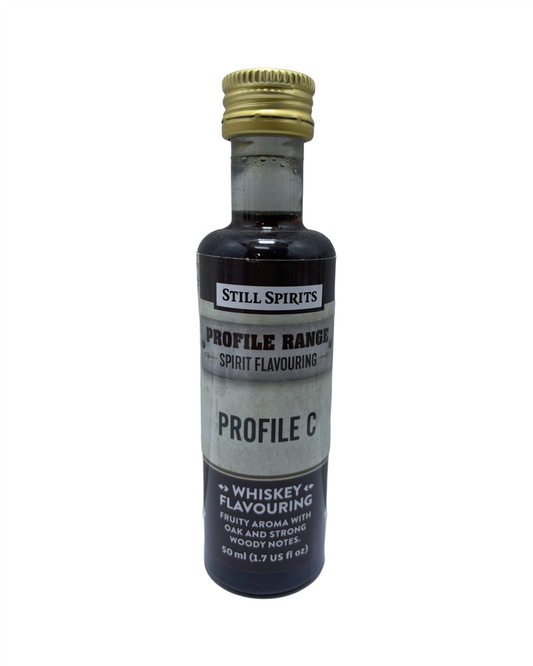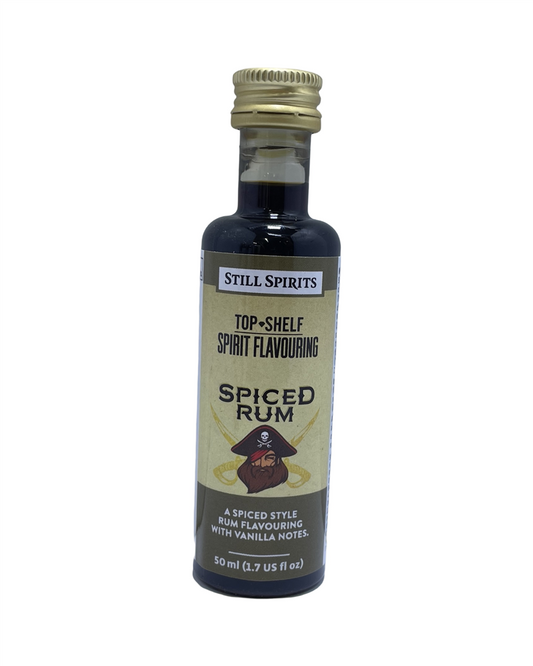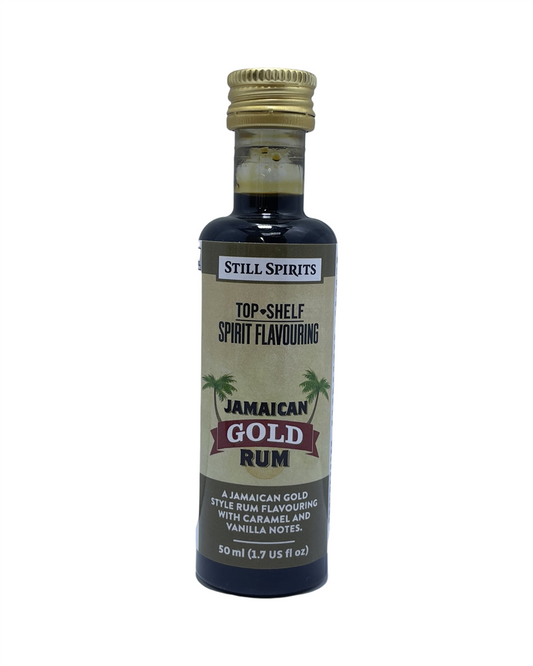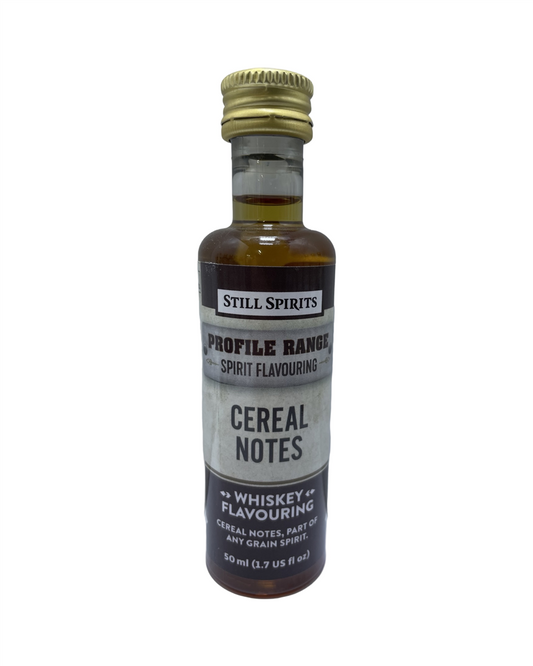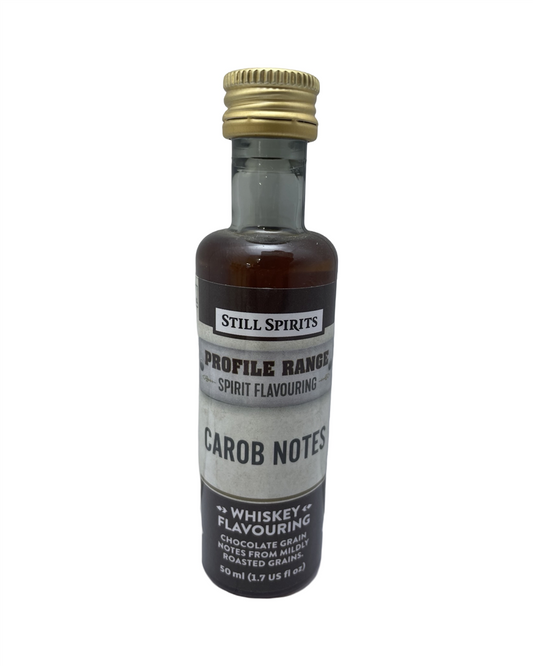Mastering the Craft: How to Perfect Your Home Distilled Spirits
Share
Mastering the Craft: How to Perfect Your Home Distilled Spirits
You’ve tinkered with homebrewing, maybe even nailed a beer recipe that your mates rave about. But now, you're ready to step up your game and create the kind of spirits that could make a distillery jealous. Whether you're chasing the smoothest whiskey or a crystal-clear vodka, perfecting home distillation is both a science and an art. Let’s break it down so you can craft something worth raising a glass to.
Start with the Right Equipment
Every great spirit begins with the right tools. A high-quality still, a reliable thermometer, and a well-calibrated hydrometer will set you up for success. You don’t need to jump straight into a setup that rivals a professional distillery, but having the right gear makes all the difference.
- Stills: Choose between a reflux still for purer, neutral spirits like vodka or a pot still for richer flavours like whiskey and rum.
- Temperature Control: Precision is key. Too hot, and you’ll pull unwanted compounds. Too cool, and you won’t extract enough alcohol.
- Fermentation Vessels: Ferment your wash in a clean, airtight container to avoid contamination.
Nail the Fermentation
A good distillate starts long before heat meets liquid. Fermentation is where flavour develops, and a bad batch here means it won’t matter how fancy your still is. Here’s how to get it right:
- Water Quality: Use filtered or spring water to avoid chlorine and impurities that can affect flavour.
- Yeast Matters: Choose yeast strains designed for distilling, as they handle higher alcohol levels better than regular brewing yeasts.
- Patience: Let fermentation finish completely. Rushing leads to off-flavours and weak results.
Mastering the Art of Distillation
Distillation is where the magic happens, but it’s also where things can go wrong. The key is control—over temperature, timing, and cut points.
Understanding Fractions
When distilling, alcohol separates into different fractions. Some you want—some you don’t.
- Foreshots: The first liquid to come out—contains methanol and should always be discarded.
- Heads: Contains volatile alcohols that may cause headaches. A small portion may be kept, but most is best discarded.
- Hearts: This is the good stuff—the cleanest, best-tasting part of the run.
- Tails: Contains heavier compounds. Some distillers include a portion for depth, but too much can ruin a batch.
Ageing and Flavour Development
For spirits like whiskey, rum, and brandy, ageing and oak influence take your drink from good to exceptional. If you’re keen on crafting a spirit with depth, consider:
- Charred Oak Chips: A quick way to add depth without waiting years.
- Barrel Ageing: A small oak barrel can transform raw spirit into something smooth and complex.
- Experimenting with Woods: Different oaks, cherrywood, or even maple can create unique profiles.
Avoid Common Mistakes
Many first-time distillers hit the same roadblocks. Here’s how to sidestep them:
- Rushing the Process: Good things take time. Whether it’s fermentation, distillation, or ageing, patience wins.
- Ignoring Cuts: If you don’t separate the fractions properly, you’ll end up with harsh or even unsafe spirits.
- Using Poor Ingredients: Cheap sugar or low-quality grains lead to subpar results. If you wouldn’t drink it, don’t distil it.
Your Spirit, Your Signature
Every master distiller started where you are now—experimenting, refining, and learning. With each batch, you’ll sharpen your skills and develop an instinct for creating spirits that reflect your taste. Whether you’re crafting an aromatic gin or a smooth rum, the joy is in making something truly yours.
Cheers to your next great batch! 🍻

Stay Connected
Join our homebrewing community: Beer and Barrel Society on Facebook
Follow our Facebook Page: Strathalbyn H Hardware on Facebook

